nuclear
Latest
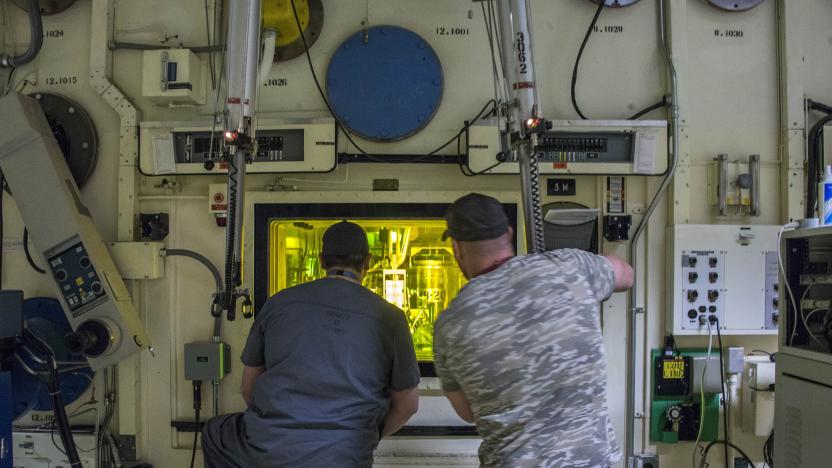
Self-proclaimed 'gay furry hackers' breach nuclear lab
Nuclear research hub, the Idaho National Laboratory (INL), confirmed that it fell victim to a data breach on Tuesday.
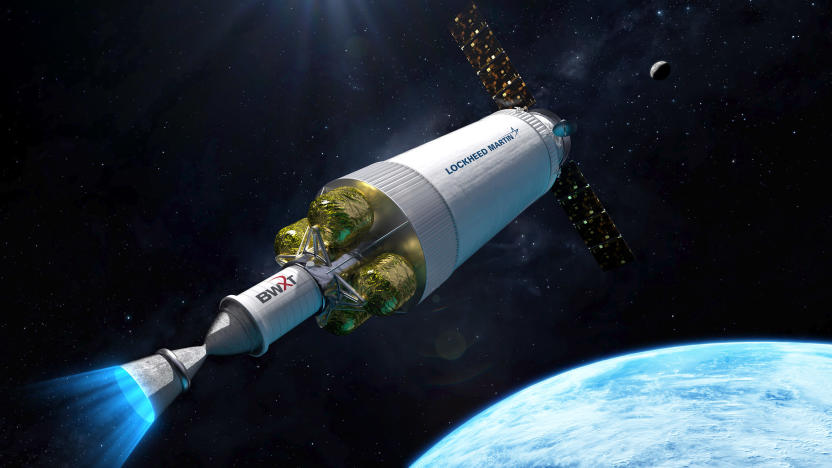
NASA picks Lockheed Martin to build the nuclear rocket that’ll take us to Mars
NASA and DARPA have chosen aerospace and defense company Lockheed Martin to develop a spacecraft with a nuclear thermal rocket engine. Announced in January, the partnership — also including BWX Technologies, which will provide the reactor and fuel — is part of an initiative dubbed the Demonstration Rocket for Agile Cislunar Operations (DRACO). The agencies aim to showcase the tech no later than 2027 with an eye toward future Mars missions.

US lawmakers introduce bill to prevent AI-controlled nuclear launches
Bipartisan US lawmakers from both chambers of Congress introduced legislation this week that would formally prohibit AI from launching nuclear weapons. Although Department of Defense policy already states that a human must be “in the loop” for such critical decisions, the new bill — the Block Nuclear Launch by Autonomous Artificial Intelligence Act — would codify that policy, preventing the use of federal funds for an automated nuclear launch without “meaningful human control.”
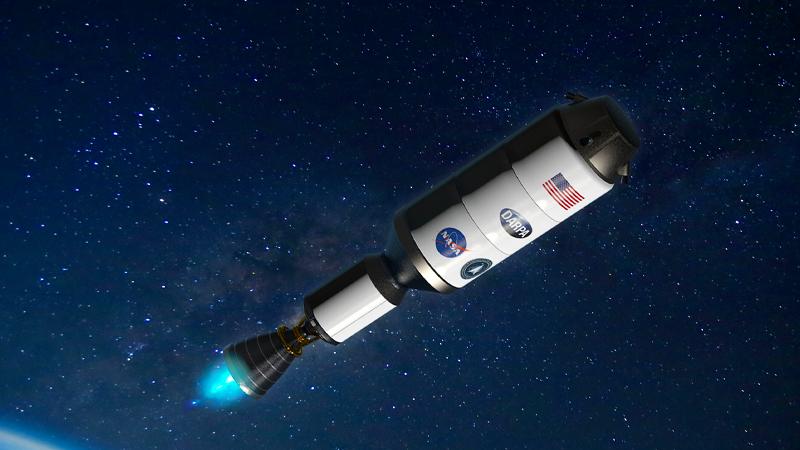
NASA and DARPA will test nuclear thermal engines for crewed missions to Mars
Nuclear thermal rocket engines could help get astronauts to Mars more quickly than by chemical propulsion methods. NASA and DARPA are working on nuclear thermal propulsion tech that they hope to test as soon as 2027.

Russian hackers reportedly targeted three US nuclear research labs
Hackers linked to the Russian government reportedly targeted scientists at three US nuclear research labs last year. It's unclear whether their phishing attempts were successful.

NASA picks three companies to develop lunar nuclear power systems
A fission system could power long-term missions to the Moon and Mars.

Defense Department seeks nuclear propulsion for small spacecraft
The US Defense Department is asking companies to provide nuclear propulsion for small spacecraft venturing beyond Earth's orbit.

Europe created more energy from renewables than fossil fuels last year
Europe is slowly reducing its dependancy on fossil fuels. A report co-published by Ember and Agora Energiewende, two think tanks focused on clean energy, has revealed that the continent generated more electricity from renewables than fossil fuels in 2020.
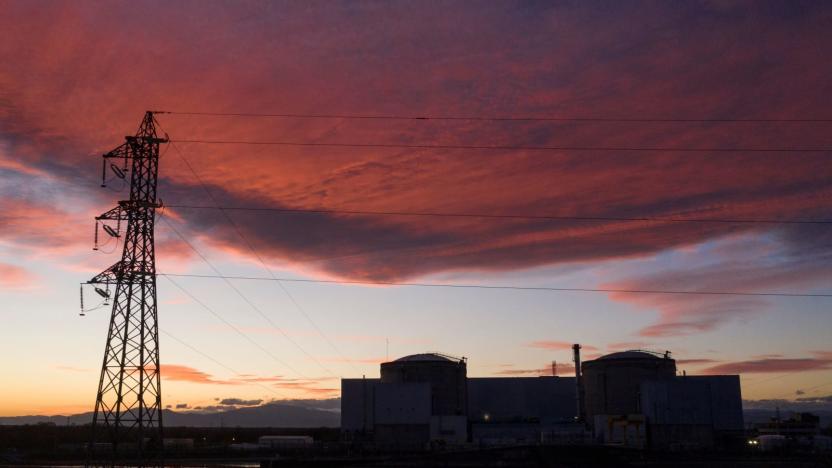
The case for making tiny nuclear reactors
In the US, the electricity powering your home was probably generated by burning natural gas, a fossil fuel. As coal becomes unfeasible, renewables work toward scale and nuclear is benched, gas remains the go-to for power companies. Industry analysts talk about gas as the "bridge," the fuel we can burn now to buy us time to develop our carbon-free future.

US military will no longer use floppy disks to coordinate nuke launches
As we alarmingly learned in 2014, the US military has been using 8-inch floppy disks in an antiquated '70s computer to receive nuclear launch orders from the President. Now, the US strategic command has announced that it has replaced the drives with a "highly-secure solid state digital storage solution," Lt. Col. Jason Rossi told c4isrnet.com.
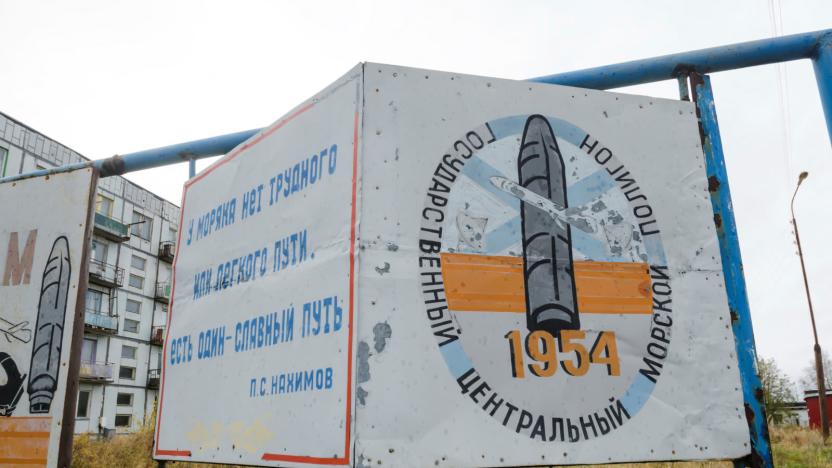
Nearby nuclear sensors went silent after Russia's mystery explosion
Earlier this month, a rocket test explosion in Russia resulted in the deaths of five people and a radiation leak that affected nearby towns. Now, the operator of a global network of radioactive particle sensors says that sites closest to the explosion mysteriously went offline shortly afterwards.

Cray is building a supercomputer to manage the US' nuclear stockpile
Supercomputers are used for everything from mapping weather patterns to developing medicine –- now, they're looking after the nation's nuclear stockpile. The US Department of Energy (DOE) and National Nuclear Security Administration (NNSA) have announced they've signed a contract with Cray Computing for the NNSA's first exascale supercomputer, "El Capitan."

UN claims North Korea hacks stole $2 billion to fund its nuclear program
United Nations experts say they are formally investigating at least 35 instances of cyberattacks by North Korea in 17 countries, believed to be carried out in a bid to fund its nuclear program. According to a report seen by Associated Press, North Korea has acquired as much as $2 billion from increasingly sophisticated cyber activities against financial institutions and cryptocurrency exchanges.
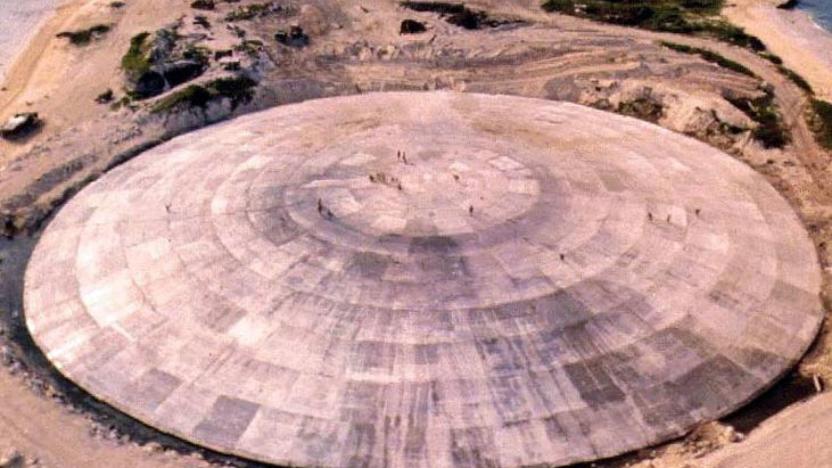
UN chief warns nuclear waste could be leaking into the Pacific
A UN chief is concerned that a Cold War-era nuclear 'coffin' could be leaking radioactive material into the Pacific. The concerns are both alarming and oddly similar to the plot of Shin Godzilla -- including the part about it being the US's fault.
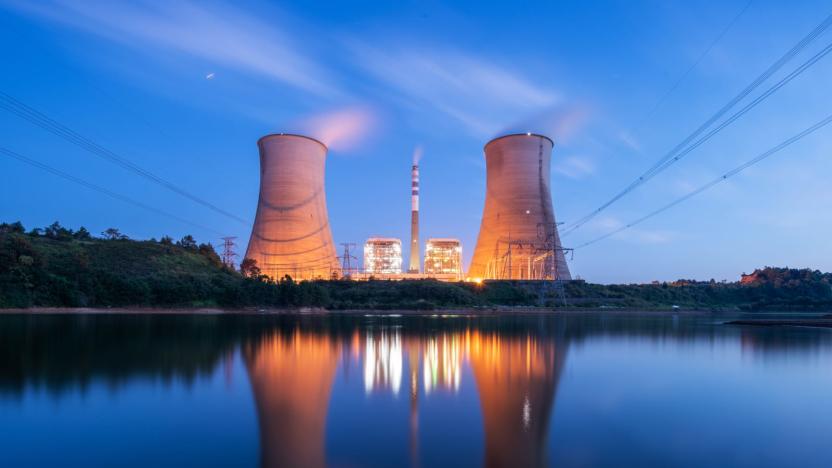
Is it time we gave nuclear power another chance?
350 parts per million. That's the figure scientists agree is the "safe" upper limit of carbon dioxide in our atmosphere. Beyond that point, it's increasingly likely that our planet will become inhospitable for the humans that cling to its surface. Crops will fail, sea levels will rise and millions, if not billions, will die in catastrophic weather events. The National Oceanic and Atmospheric Administration's Mauna Loa Observatory reports that levels have now reached 409.9 parts per million.

‘Good Omens’ and the art of avoiding Armageddon
The world will end one day. That's a plain fact; what's unknown is the exact manner in which humanity will be erased from existence. Whether the oceans will boil us from below like a massive earthenware lobster pot, or a nuclear holocaust will strip the planet bare, or biological warfare will infect our evolutionary timeline, is anyone's guess, and everyone has a theory.

In nuclear politics, one size doesn't fit all
No one wants to use nuclear weapons. Even President Harry S. Truman, the only leader in history to actually order and carry out a nuclear strike, was hesitant to use the United States' atomic arsenal after witnessing the power of the bombs first-hand. On July 16th, 1945, the US successfully detonated the world's first atomic warhead, an implosion-type plutonium bomb that transformed the New Mexico desert into radioactive green glass. Six days later, President Truman wrote in his journal: "We have discovered the most terrible bomb in the history of the world. It may be the fire destruction prophesied in the Euphrates Valley Era, after Noah and his fabulous Ark. ... This weapon is to be used against Japan between now and August 10th. I have told the Sec. of War, Mr. Stimson, to use it so that military objectives and soldiers and sailors are the target and not women and children."
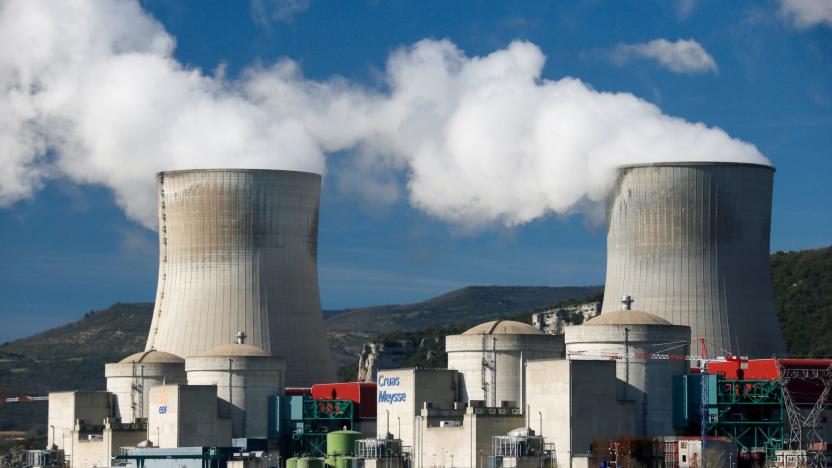
Self-learning robots may soon inspect nuclear sites
Some jobs are simply too dangerous for humans. Near the top of that list is nuclear cleanup -- so to keep us mere homo sapiens safe, we're sending in robots. To help improve the bots' decision making skills, scientists at the University of Lincoln have won a grant to develop artificial intelligence systems for self-learning robots deployed at nuclear sites.

The devastation of nuclear war is VR's latest reality check
Whether it's a face-to-face encounter with a shark or being in a Syrian city during an air raid, VR is bringing us experiences that we might otherwise never have. One such example is the burned-out shell of a dome that was right under the atomic bomb that America dropped on Hiroshima on August 6th, 1945. In The Day the World Changed, not only are you placed in this bombed-out structure, you're also invited to interact with ghostly floating artifacts that were recovered from the site. The idea is that by witnessing the effects of such devastation, you'll at least learn something, if not be so moved that you join a campaign to abolish nuclear weapons.

What Trump means when he talks nukes at the State of the Union
President Donald Trump is expected to cover five main topics in his first State of the Union address tonight, including the economy, immigration, infrastructure and trade. The fifth topic, national security, will put the spotlight on North Korea and the erratic, ad hominem nuclear standoff between North Korean leader Kim Jong-un and Trump himself. The tension of this relationship has spilled over to Twitter, where Trump has lobbed insults and threats at Kim over the past year. Trump called Kim "little Rocket Man" and declared the US' "nuclear button" was "much bigger and more powerful" than Kim's. In August, Trump promised "fire and fury" if North Korea didn't stop testing nuclear weapons, and Kim later called Trump a "mentally deranged dotard." Meanwhile, North Korea carried out more than a dozen nuclear tests throughout 2017, including launching intercontinental ballistic missiles theoretically capable of striking the US mainland. Its most recent ICBM test was in November.










